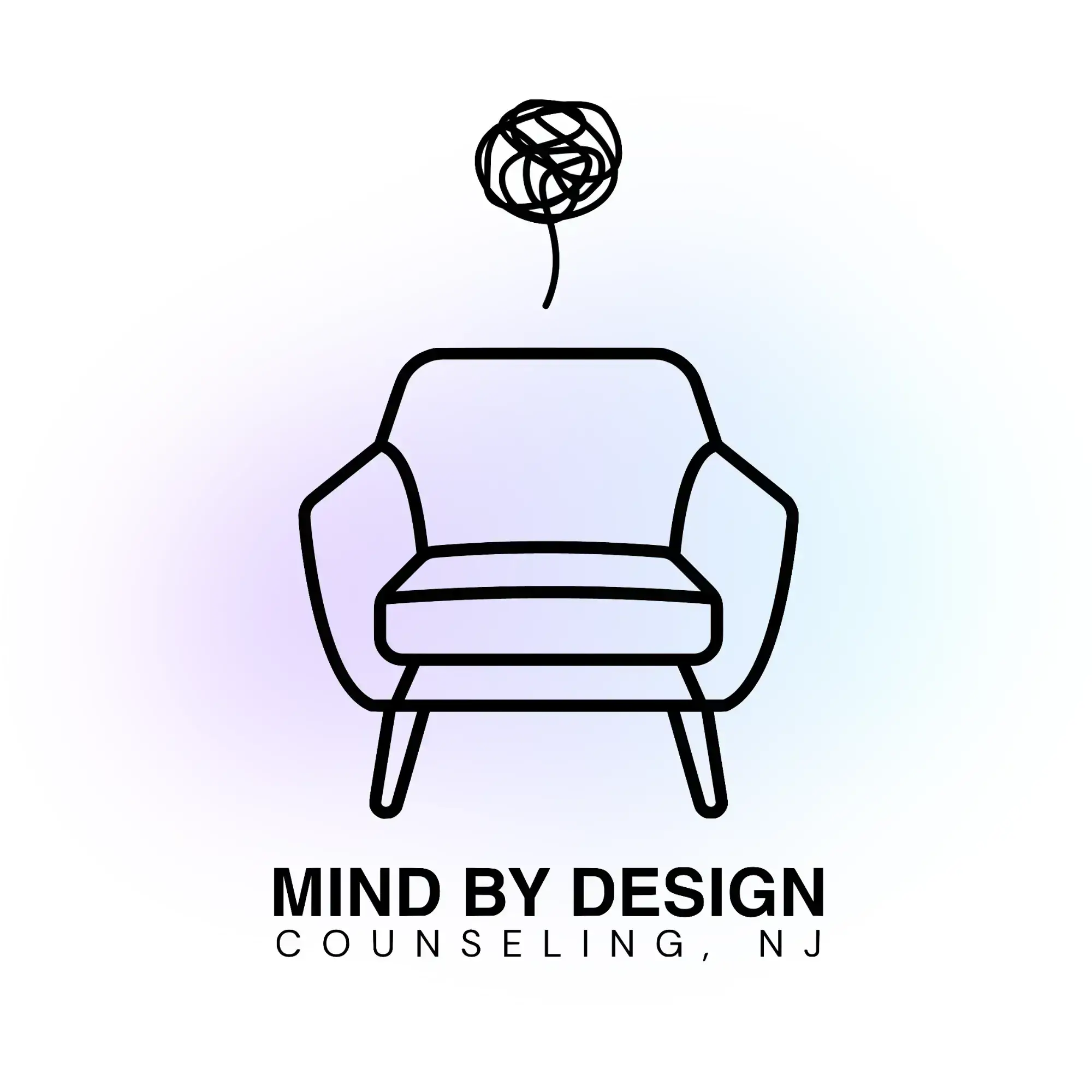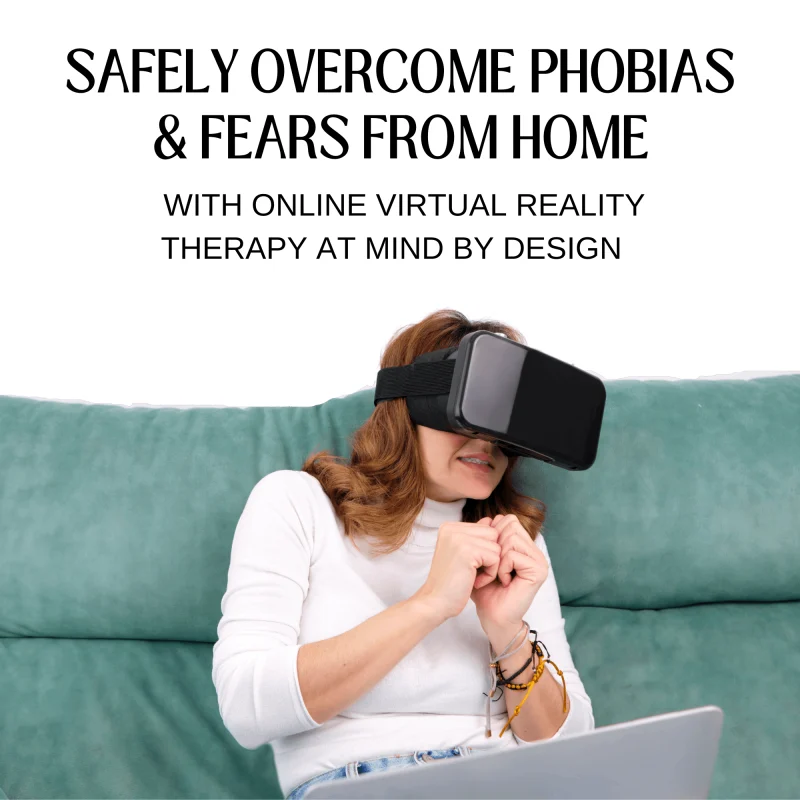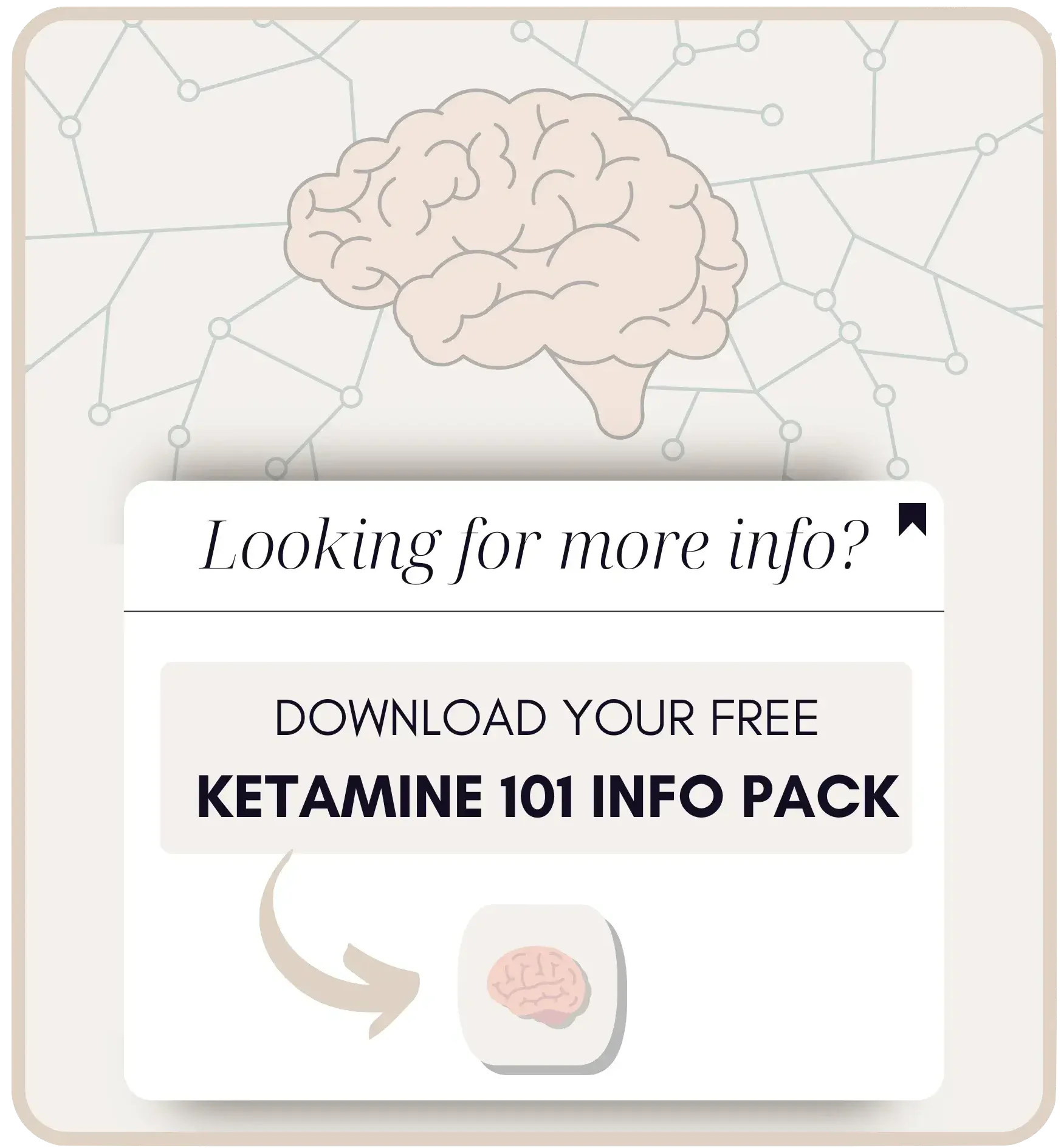Online Therapy for Phobias & Fears
| in New Jersey |
With online therapy for phobias and fears, you can receive the help you need to reclaim your life. You may be happy to know that phobias and fears are very treatable with the help of a trained provider.
You don’t need to be fearless,
JUST BRAVE.
What are Phobias?
Phobias are more than just being scared; they are intense, irrational fears of specific situations, objects, or activities. They can be debilitating, affecting a person’s ability to function normally in daily life. Understanding the nature of phobias is the first step towards effective treatment. Phobias are:
- Marked fear or anxiety about a specific object or situation
- The phobic object or situation almost always provokes immediate fear or anxiety.
- The fear or anxiety is out of proportion to the actual danger posed by the specific object or situation & to the sociocultural context.
- The phobic object or situation is actively avoided or endured with intense fear or anxiety.
- The fear, anxiety, or avoidance causes clinically significant distress or impairment in important areas of functioning.
- The fear, anxiety, or avoidance is persistent, typically lasting for 6 months or more.
- The disturbance is not better explained by the symptoms of another mental disorder, including
fear, anxiety, and avoidance of situations associated with panic-like symptoms or other incapacitating symptoms (i.e., agoraphobia); objects or situations related to obsessions (i.e., OCD); reminders of traumatic events (i.e., PTSD); separation from home or attachment figures (as in separation anxiety disorder); or social situations (as in social anxiety disorder).
Types of Phobias
Phobias come in various forms, from the fear of heights (acrophobia) to the fear of spiders (arachnophobia). In NJ, certain phobias are more prevalent due to the state’s unique environment and lifestyle. Phobias are typically divided into two categories to help providers and clients best understand their experience.
Specific/Isolated Phobias
This type of phobia is triggered by a specific event, object, sensation or stimulus.
- Animal Type (e.g., spiders, insects, dogs)
- Natural Environment Type (e.g., heights, storms, water)
- Blood-Injection-Injury Type (e.g., needles, invasive medical procedures)
- Situational Type (e.g., airplanes, elevators, enclosed places)
- Specify type: Other Type (e.g., phobic avoidance of situations that may lead to choking, vomiting, or contracting an illness; in children, avoidance of loud sounds or costumed characters)
Complex Phobias
Complex phobias aren’t triggers by a single event, object or stimulus, making these phobias more difficult for people to manage. Generally, individuals can identify more anxiety and panic feelings in some specific situations, though often report it can feel “unpredictable” or “inconsistent”. The most common complex phobias are social phobia & agoraphobia.
Symptoms of Phobias
Phobia symptoms can be broken down into 3 categories to help clients and treatment providers understand the clients experience
Cognitive Symptoms
These symptoms are related to the thoughts associated with phobias including:
- Irrational Thoughts
- Disproportionate Fear/Worries
- Overthinking/Overanalyzing situations in which the trigger may present.
Behavioral Symptoms
Behavioral symptoms are the action based behaviors individuals have in response to anxiety and fear. This may include avoidance of the feared situation/object.
Physical Symptoms
Many clients report that these symptoms are most disruptive and frightening. Physical symptoms include:
- Increased heart-rate
- sweating
- dizziness
- nausea
- panic symptoms aka the “fight or flight” response
Types of Exposure Therapy For Phobias
Exposure therapy is a tried & true treatment option for phobias. Exposure Therapy is a direct approach that can feel intense, but warrants some of the quickest results. It’s important to recognize that a fierce, motivated & courageous attitude is required for someone with a severe phobia to engage in exposure therapy.
Direct Exposure
This type of exposure is an in-person, in real life, direct exposure to the feared stimulus. This includes exposure to bugs, animals, driving, etc. This is a commonly used approach for clients and providers.
VR Exposure Therapy (VRET)
An immersive environment is created that allows you and your therapist to slowly experience the feared situation in s structured and guided way. We love it so much, we've got a whole page dedicated to it here: VRT.
imaginal exposure
Here, clients "imagine" the feared stimulus with their therapist or narrate details of the feared stimulus or trauma. The goal is that, through recalling and describing the stimulus, the client becomes less sensitive, decreasing the "fight or flight" response.
In vivo exposure
Clients engage in activities that gradually expose them to the stimulus. Clients also develop a hierarchy of avoided activities that the patient practices through in vivo exposure between sessions.
Other Types Of
Therapy for Phobias & Fears
Mind by Design offers online and in-home Ketamine Assisted Psychotherapy in New Jersey. In combination with psychotherapy, KAP enables you to tap into altered states of consciousness and harness the biological benefits of psychedelic medicines.
Cognitive behavioral therapy focuses on changing thoughts and behaviors associated with the patterns of the stress response to a feared stimulus. CBT is designed to help identify the negative thoughts and maladaptive coping mechanisms.
Somatic Experiencing
Somatic Experiencing/Mindfulness is a therapeutic approach focused on fostering relaxation and body awareness during stressful experiences. Through this technique, you will develop skills to control and comprehend your body’s responses when encountering stress symptoms.
How Online Therapy Works in Phobia Treatment
Online therapy offers numerous advantages over traditional therapy, especially for those dealing with phobias. From the comfort of one’s home to the elimination of travel-related stress, online therapy is accessible, simple and HIPAA compliant.
What you’ll need
VR Clients Will Receive
- VR Headset (usually ships within 3-4 days, no additional fee*)
- Access to HIPAA compliant VR App
Essential Requirements
- Stable internet connection
- Webcam and microphone
- A smartphone
Ready to start online therapy for phobias in NJ?
Each phobia is unique, and so is its treatment. Our online therapy Services in NJ are customized to meet the specific needs of individuals with different phobias, ensuring a more effective and personal treatment experience.
Our Providers have mastered a range of skills specializing in phobia treatment and are making a difference through online therapy.
CLIENT TESTIMONIALS
Real Feedback, Real Clients, Real Transformation
FAQ's about
Online Therapy in NJ
How do I get started as a new client?
New Clients can reach out to us directly via call, text or email here:
What is your cancellation policy?
We ask that clients provide at least 24 hours notice in the event that they need to cancel to avoid the 50% cancellation fee. we understand that life happens and do our best to be flexible & reschedule.
Does my insurance cover my visits?
We provide”Courtesy Billing” for clients who are using the Out-of-network insurance benefits.
Our Insurance Page shares a small blurb about Why We Left Insurance Panels
Do you offer traditional talk therapy?
of course! though we have some unconventional therapy approaches, we are rooted in evidenced based practices. Talk therapy is a major player in the therapy room! See What we Treat and Integrative Services for more information
Is Online Therapy As Effective As In-Person Therapy?
Online therapy is essentially face-to-face counseling, just conducted remotely. Studies show that teletherapy is as effective as traditional counseling. Professional organizations and state governments recognize its benefits and have set regulations for it. However, like any therapy, its success in achieving your goals isn’t guaranteed. It’s important to discuss with your therapist whether teletherapy is working for you.
Can I Change Therapists If I'm Not Happy?
Yes, you can switch therapists to another provider within the practice, or we can provide you a referral if preferred. We want to ensure that your time and effort are well spent, and that you are getting the relief you need, that’s why we work collaboratively with each other in the practice, as well as outside therapists who we know and trust.
How Do I Know If Therapy Is Helping?
You should feel like you’re making progress. Signs it’s working include:
Feeling comfortable talking to your therapist
Your therapist respects boundaries
You’re moving towards your goals
You feel listened to
You’re doing better in life
Your self-esteem is getting better
Is Online Therapy Easy to Use for Non-Tech-Savvy People?
Yes, it’s pretty simple to access sessions. You’ll need basic internet skills, such as opening and visiting the patient link sent to you via email. It’s similar to video chatting like Facetime or Zoom. We can also walk you through it on the phone the first time to ensure a strong connection
What Questions Should I Ask My New Therapist?
Feel free to ask anything. Some good questions are:
- How often will we meet?
- What do you specialize in?
- What experience do you have with my issue?
- What outcomes can I expect?
- How will I know I’m progressing?
- How long do you usually work with clients?
- How will we set my treatment goals?
How Should I Prepare for My First Session?
Showing up is all that you need to do! But if you really want to get the most out of session, it could help to take some time to think about what you want from therapy. It helps to write down your goals, questions you have or things that you feel are important to share.
What is the difference between associate therapists & fully licensed therapists?
Our Qualifications:
Our founder, Rebecca Sidoti, is a highly qualified, state-licensed therapist and supervisor with extensive training in anxiety related disorders and innovative treatment such as Ketamine Therapy. Mind by Design Counseling adheres to standards set by the our governing counseling boards.
To see each providers credentials, training and licenses, visit our “Meet the Therapists” Page to learn more.
- LAC/LSW are therapists who may practice clinical work under the supervision of a fully licensed therapist.
- LPC/LCSW are therapists who have completed the necessary clinical hours post-graduation under supervision and can practice clinical work independently.
What Geographic Areas Are Served?
Currently, we serve clients in New Jersey and are expanding to other states as telehealth laws evolve. While telehealth offers the convenience of attending sessions from anywhere, state laws require clients to be in-state during their session.
Is Virtual Counseling Suitable for Everyone?
Online therapy might not be as effective for individuals with chronic suicidal thoughts, severe trauma, significant mental health history, or those recently in intensive care. Such cases often benefit more from traditional, in-person counseling. We’ll help you decide if our online services are right for you during your intake and evaluation.
What Equipment is Needed for Online Therapy?
To join a session, log in using the credentials we provide. No downloads are needed. Our platform, compatible with both individual and group sessions, requires:
A computer or mobile device with a webcam and internet access.
We’ll help you test your setup before your first appointment to ensure a reliable connection. iOS users should use the Safari browser for mobile and tablet sessions.
What Questions Will Therapists Ask Me?
It depends on your goals. Expect questions about your thoughts, feelings, relationships, work, school, and health. They’ll ask to understand your therapy goals.
How Do You Keep Client Information Secure?
Security and Confidentiality of Sessions:
Your privacy is crucial to us. We use TherapyNotes, a HIPAA-compliant platform, ensuring secure and confidential teletherapy sessions. This platform’s security features include encrypted video connections, secure data transfers, and encrypted databases, ensuring your information is safe at all times.
What is VRT used for?
we use VRT to support Exposure Therapy, a long standing traditional therapy modality to treat phobias, anxiety and stress. we send a headset directly to your home so you can access VRT from anywhere.
VRT not only helps with exposure therapy for phobias, but is great for ADHD, mindfulness, PTSD and social anxiety.


